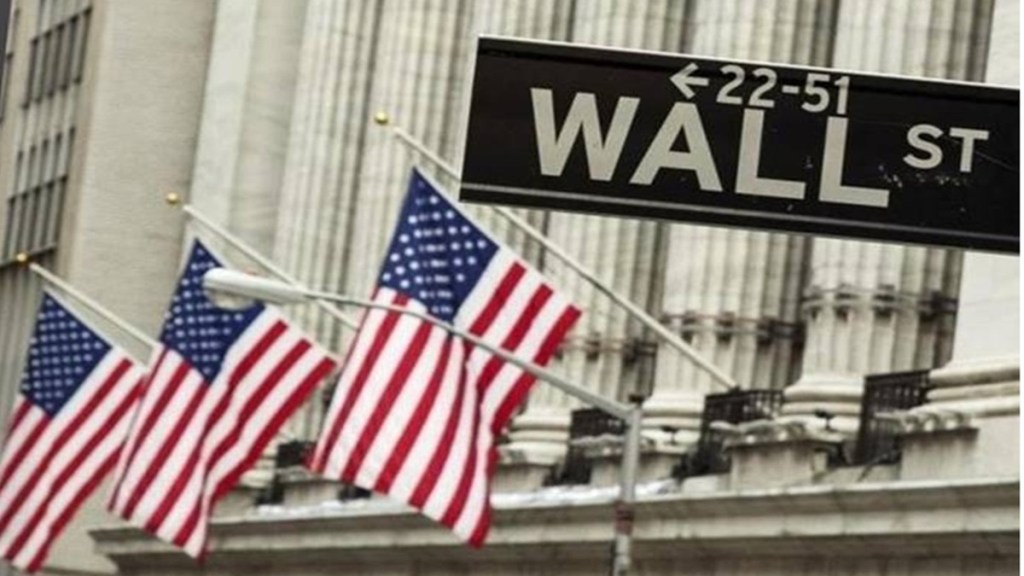By Himanshu Kohli
Markets globally tanked in the first week of August as Fitch downgraded the US Long-Term Foreign-Currency Issuer Default Rating (IDR) from AAA to AA+. According to the rating agency, this decision to downgrade was due to the expected fiscal deterioration over the next three years, a high government debt burden, and deterioration in governance standards over the last twenty years.
The fact that this downgrade concerned the world’s largest economy led to a knee-jerk reaction, with volatility increasing across the globe. This is a cause of concern, hence, markets will continue to be volatile in the short term.
As far as India is concerned, with this downgrade, India’s rating differential with the US has reduced, and hence from a long-term perspective, this will positively impact the country. In the current scenario, the formulas in the reallocation model for global fund managers will point towards a lower allocation toward the US and a higher allocation to other countries.
Hence, when there is a reallocation of capital globally, then India will be a big beneficiary, which will be a big positive for our markets from a medium to long-term perspective. The good news here is that India has already begun to get a place in the reallocation model, as can be seen from the recently published report by Morgan Stanley, wherein India has been upgraded to overweight and has moved up in its ranking from No. 6 in the last review to No. 1 in their market reallocation model, The reason quoted for this upgrade has been the structural reforms undertaken in the previous few years which are unlocking growth opportunities that were previously stagnant.
Impact of Fed’s Rate Hikes on the US Economy
The high debt levels in the US are a cause of concern and have weakened confidence in the economy. Hence, the government and the Central Bank need to work together to balance the growth outlook and control inflation while letting the economy do its best.
This is a challenging scenario for the Fed as 2024 will be an election year, and their intent is not to worsen the growth outlook by more aggressive rate hikes. Since March 2022, the Fed has raised the policy rate by 525 bps and they have controlled inflation to some extent in the last few months.
However, the Fed truly thinks that the inflation target of 2% is still a long way to achieve, and hence despite pausing the rate in June, they further hiked the rate by 25 bps to 5.25-5.50% in their last policy meeting in July.
This is the highest level we have seen since January 2001, which also means that this situation is challenging for US banks, corporates, and households. We have seen the impact of this monetary tightening as a few regional banks have already failed in the last four months because of the asset-liability mismatches on their balance sheet. The effect is mainly felt in those banks exposed to the real estate sector.
Many small banks are still struggling, and our view is that they will be either acquired or go under, which means that the challenges facing the banking system in the US are here to stay for some more time.
Investors, on their part, are already moving their deposits to larger banks and are parking their funds in money market instruments. We believe that although the worst of inflation and rate hikes are behind us, the banking crisis will create some anxiety not only in the US but globally as well.
However, the one positive factor here is that the regulators in the US and across the globe have become vigilant and are working to find a solution before investors start to press the panic button. In addition, the Fed’s tightening of the monetary policy rate since March 2022 has increased the borrowing costs for both corporates and households, which has led to huge bankruptcy filings in the US. This kind of financial collapse is very similar to the situation seen during the 2007-2008 financial crisis. All these adverse events in the US can impact global markets in the short run.
What should investors do in times of such global uncertainties?
We are all aware of the saying, “When the US sneezes, the world, including the Emerging markets and Developing countries, catches a cold.” Hence India cannot be insulated from the global headwinds, at least in the short term. I want to reiterate here that the India story remains intact from a long-term perspective, and this decade belongs to India. We are bullish on India because of the huge consumption story, demographics, decent corporate governance, financialization of savings, technology, healthcare, and the huge emphasis on infrastructure development across the country.
These themes, along with the solid macroeconomic fundamentals, make India more resilient amidst global worries. Despite our positive outlook on the country, we encourage our investors to diversify beyond India, with our international funds being a part of our model portfolio.
Regarding our international investments, we suggest that our investors increase their exposure to emerging markets while reducing the allocation to the US and other developed markets. This is because emerging markets have not done well in the last ten years. As emerging markets are now relatively cheap from a valuation perspective, they can catch up when there is a rebalancing in the global reallocation model.
(Author is Co-founder, Client Associates)


